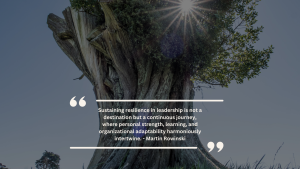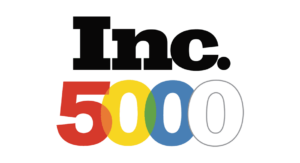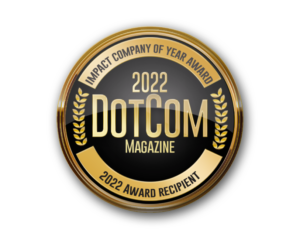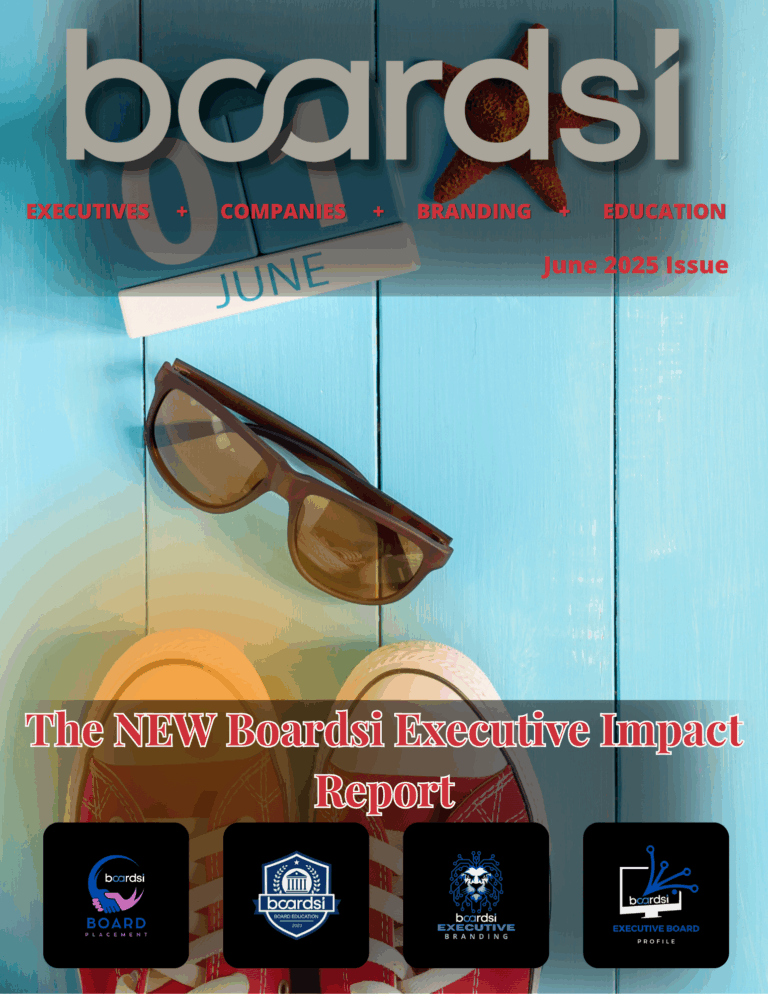Leadership resilience is not a fleeting attribute, but rather a lasting quality that requires ongoing cultivation and maintenance. In this final section, we will delve into the essential strategies for preserving personal resilience, examine the pivotal role of continuous learning and leadership development initiatives, and underscore the significance of fostering organizational resilience. By nurturing resilience on multiple fronts, leaders can bolster their own endurance, facilitate professional growth, and create an environment that excels in the face of challenges.
Maintaining Personal Resilience
Sustaining personal resilience is imperative for leaders as they navigate the ever-evolving landscape of their roles. Here are some strategies for preserving personal resilience:
- Self-Care: Prioritize self-care practices that bolster your physical, mental, and emotional well-being. Regular exercise, mindfulness or meditation, engagement in hobbies, and maintaining a healthy work-life balance are all essential. Taking care of oneself replenishes energy, improves focus, and strengthens overall resilience.
- Reflection and Adaptation: Allocate time for self-reflection to gain insights into your strengths, areas for improvement, and the lessons derived from past experiences. Cultivate a growth mindset that welcomes change and adaptation. Continuously learn from challenges and actively seek opportunities to acquire new skills and knowledge.
- Building Support Networks: Cultivate relationships with mentors, coaches, or trusted colleagues who can offer guidance, support, and fresh perspectives. Enveloping yourself in a network of dependable individuals who comprehend and uplift you can bolster your resilience during challenging times.
Continuous Learning and Leadership Development
Continuous learning and leadership development programs are pivotal for sustaining resilience and enhancing leadership effectiveness. These programs provide leaders with opportunities to expand their knowledge, sharpen their skills, and remain up-to-date with emerging trends. Here are some ways to engage in continuous learning and leadership development:
- Formal Education: Pursue advanced degrees, professional certifications, or specialized training programs relevant to your field. These formal education avenues provide in-depth knowledge and equip you with the tools needed to tackle complex challenges.
- Informal Learning: Engage in self-directed learning by reading books, articles, and industry publications. Attend conferences, webinars, or seminars to stay updated on the latest trends and best practices. Actively seek out new knowledge and different perspectives.
- Mentoring and Coaching: Seek out mentorship or coaching opportunities to learn from experienced leaders who can provide guidance, share insights, and offer feedback on your leadership journey. These relationships can help accelerate your growth and sustain your resilience.
Promoting Organizational Resilience
Leaders must also focus on promoting organizational resilience to create a supportive environment that excels amidst challenges. Here are some strategies to promote organizational resilience:
- Foster a Culture of Learning: Encourage a culture of continuous learning and growth within the organization. Provide resources and opportunities for employees to develop new skills, innovate, and adapt to change. Embrace a mindset that views challenges as opportunities for learning and improvement.
- Transparent Communication: Foster open and transparent communication channels to keep employees informed and engaged. Communicate organizational goals, changes, and challenges openly. Encourage employees to share their ideas, concerns, and perspectives, fostering a sense of ownership and collaboration.
- Encourage Collaboration and Support: Create opportunities for cross-functional collaboration, teamwork, and knowledge-sharing. Encourage support and cooperation among team members, promoting a sense of collective ownership and resilience.
Conclusion
Sustaining resilience in leadership is an ongoing and transformative journey that necessitates personal commitment and a focus on continuous growth. By maintaining personal resilience through self-care, reflection, and building support networks, leaders can navigate challenges with strength and adaptability.
Continuous learning and leadership development programs play a crucial role in sustaining resilience and enhancing leadership effectiveness. By actively engaging in formal education, informal learning, and seeking mentorship or coaching, leaders can expand their knowledge, sharpen their skills, and stay ahead of the curve.
Furthermore, promoting organizational resilience is paramount in creating an environment that thrives amidst challenges. By fostering a culture of learning, transparent communication, and collaboration, leaders can empower their teams to embrace change, adapt to new circumstances, and contribute to the organization’s resilience.
“Sustaining resilience in leadership is not a destination but a continuous journey, where personal strength, learning, and organizational adaptability harmoniously intertwine.” – Martin Rowinski
In conclusion, sustaining resilience in leadership is a multifaceted endeavor that encompasses personal growth, continuous learning, and organizational resilience. By prioritizing self-care, engaging in continuous learning, and fostering a culture of resilience within the organization, leaders create a foundation for enduring strength and adaptability. As leaders embark on this transformative journey, they not only fortify their own resilience but also inspire and empower those around them to thrive amidst challenges and embrace a future filled with opportunities.









